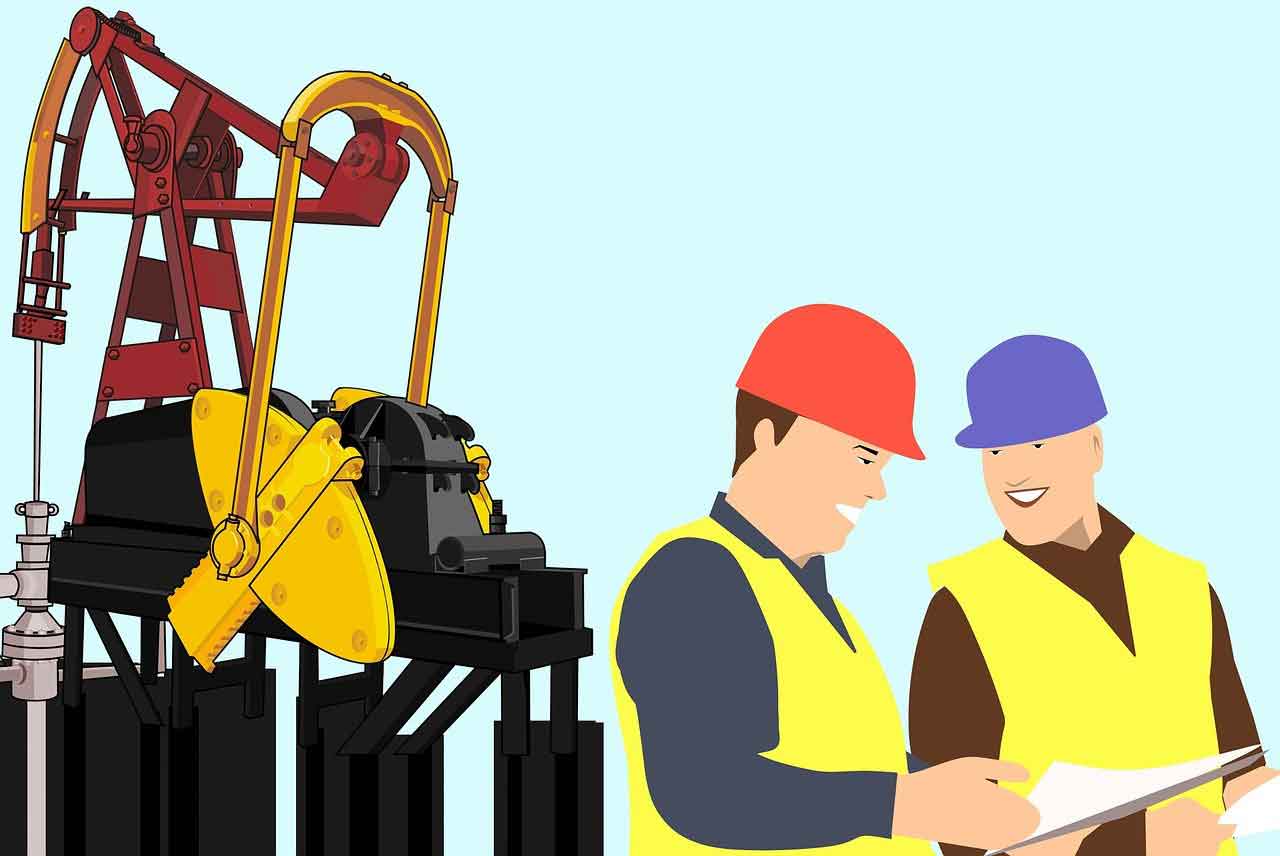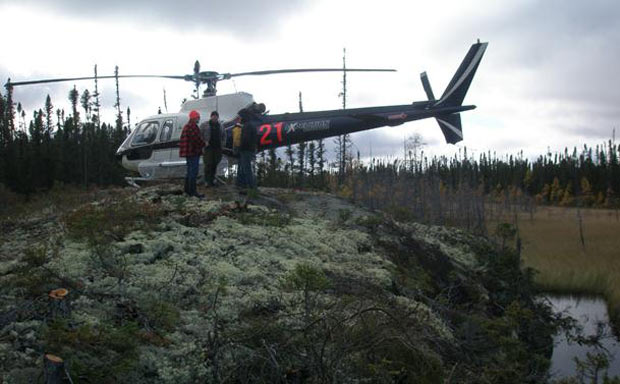As groundbreaking AR technology is launched in an unusual-yet-innovative application, let’s take a look at what AR is, the benefits of the technological breakthroughs, and how Canada is paving the way for widespread AR use.
What is AR?
Though the two are often mistaken for one another, augmented reality (AR) and virtual reality (VR) are two distinct technologies. Put simply, VR creates a whole new virtual environment, whereas AR enhances the real world with digital and virtual elements. In other words, AR can use sound, visuals, and additional sensory stimulants overlaid on the physical world to add something to the user’s experience, typically in the entertainment sector.
Further to this, AR can enhance digital live streamed experience too. Take online casino games, for example – AR can be applied to provide additional features to popular games, such as Live MONOPOLY which is the digital adaptation of the popular board game. The game is hosted by a live dealer who spins a wheel, and players joining the game through a live stream will guess where the wheel will land. In the bonus game, Mr MONOPOLY enters an AR environment, which is essentially a 3D MONOPOLY world based on the board.
In this sense, AR allows players a new perspective on the board game even through digital gameplay, switching from live streamed reality to a 3D world popping up out of the board.
Integration of AR in Drilling
Now you can see how AR can benefit entertainment platforms, the breakthrough of using AR for drilling is perhaps even more surprising. But, that’s just what NSS Canada based in Mattawa, Ontario, has achieved. Making steps in the mining industry, Japanese manufacturing company Komatsu will supply and use NSS Canada’s Miner Operated Survey System (MOSS) and MOSS AR with their drills and drill rig control systems to provide packages that can optimize the surveying process.
The traditional MOSS is particularly helpful when creating mine drill plans, as it consolidates design specifications and drawings. This gives miners, geologists, and engineers real time insights into the survey. Taking this even further, the leading Canadian innovators took all of this functionality and uses Microsoft HoloLens to create cutting edge, real time holographic projections, giving users an exact visual representation of what the data is telling them.
The integration of the state of the art MOSS AR into drill rig control systems has the potential to reduce the amount of equipment needed for the surveys and plans, as well as making the survey process more time and cost efficient. The partnership is said to signal a new era of underground mining processes, and the opportunity for further digital innovations.

Canada Leads in AR
But, it’s not just the mining industry where Ontarians have made innovative steps in the application of AR. In Toronto’s Entertainment District, a first-of-its-kind art exhibition was launched in August 2023 – ArtWalk 2.0. This initiative took the original online map and self guided tour of over 70 pieces of public art, and incorporated AR technology to provide six AR experiences. The experiences activate all the senses – even sound! – for a new perspective on the art and architecture of the city.
And it doesn’t stop there – AR is so popular in Canada that Meta estimates that the Metaverse alone will contribute at least $45.3 billion to the country’s annual GDP by 2034. With all this in mind, it is clear that Canada is breaking new ground in the creative applications of AR for both optimization




